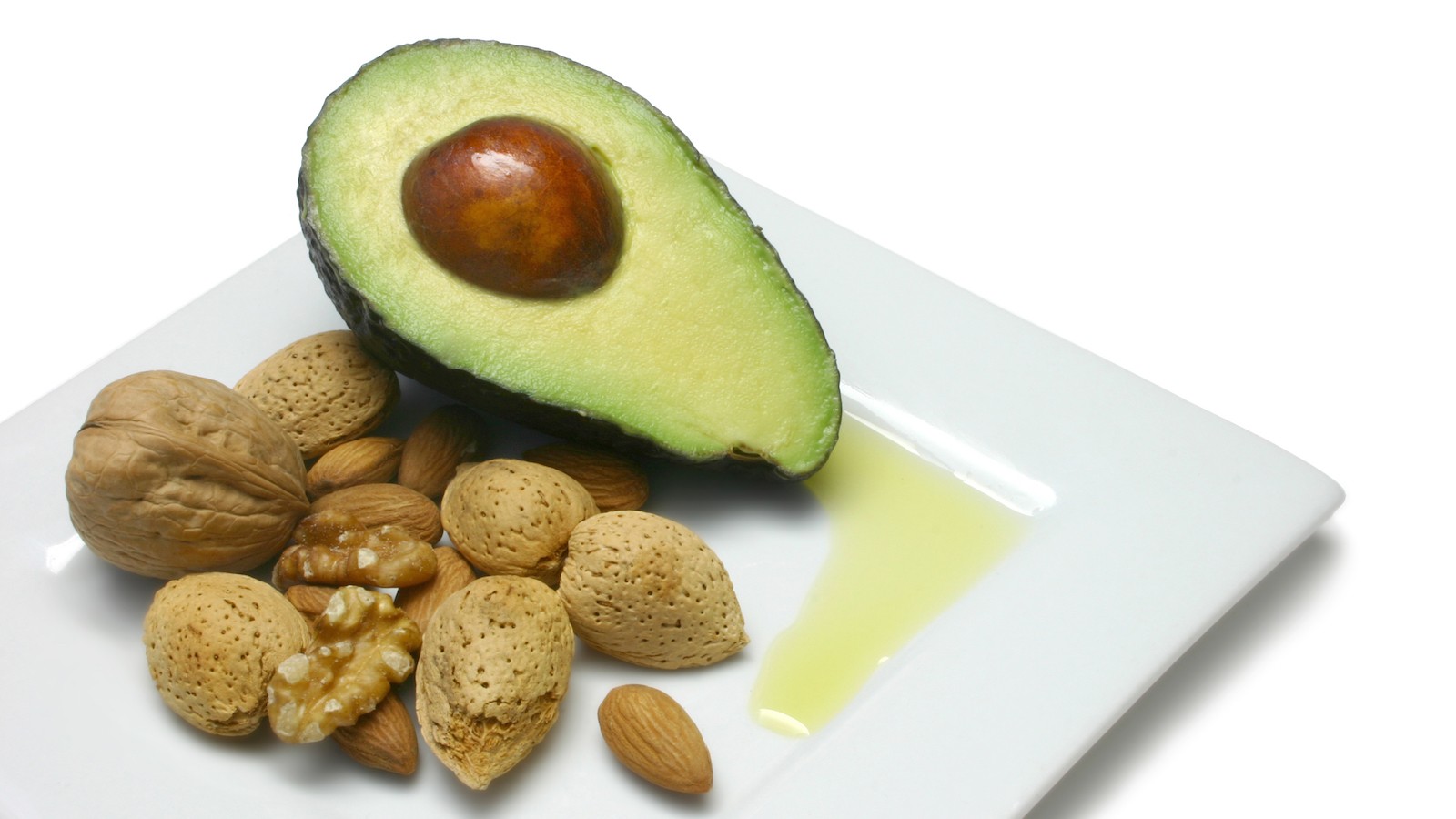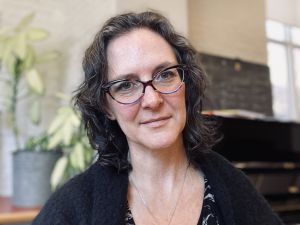Nutritionists have long debated the exact merits of Vitamin E, an antioxidant that protects the body from the harmful effects of unstable molecules called free radicals.
As we age, cellular damage from free radicals accumulates, possibly paving the way for certain cancers and heart disease. Past research had hoped that doses of Vitamin E could be used to actively prevent or delay cancers, heart diseases and other age-related conditions, but so far, without much success. This has led to alternate theories of what good Vitamin E does for us.
But a new Brock University-led study hopes to put an end to that debate.
“What we’re saying is that Vitamin E is an antioxidant, and the conventional wisdom is correct, and it is not more than that,” says physics professor Thad Harroun, one of the study’s researchers.
The study – featured on the cover of the April 21, 2015 issue of Langmuir, the journal of the American Chemical Society – examines the molecular structure of Vitamin E to greater understand its properties as the body processes fats contained in the foods we eat.
The research team, led by physics graduate student Drew Marquardt and assisted by chemistry professor Jeffery Atkinson, looked at the location of a Vitamin E component called alpha-tocopherol within a lipid bilayer, a membrane that form a continuous barrier around all cells.
The team found that the portion of tocopherol most active in protecting cells against free radical damage is located near the membrane surface as a “first line of defense,” confirming its role as an antioxidant.
But tocopherol’s “tail” does not extend deep into the membrane, suggesting that it does not get rid of free radicals that have managed to make it to the membrane’s centre.
Harroun explains that the molecular evidence shows that taking in more tocopherol than we naturally do in our diet will not reverse damage to membranes’ centres,
“We have the new, biophysical evidence that Vitamin E locates itself in cells’ membranes where it needs to be, among the parts of the membrane of our lipids that need protection from free radicals,” says Harroun. “It doesn’t move around a lot, it’s not affected by the composition of the cell, it really is a ‘vanguard’ against free radicals and protects our cells from attack.”
Tocopherol is the second-most common component of Vitamin E in the North American diet and can be found mostly in wheat germ oil, sunflower, and safflower oils.
Another component of Vitamin E – y-tocopherol – is the most common in the North American diet, found in corn oil, soybean oil, margarine, and dressings.
Vitamin E is a “fat-soluble” vitamin, meaning that it is stored in the body for long periods of time. Harroun says most people get enough Vitamin E through a healthy diet that includes polyunsaturated fats found in fish, avocados, oils and some vegetables.
He warns against consuming too much trans fat, mostly manufactured using a chemical process that transforms liquid oils into solids. Trans fats, found largely in processed foods such as margarines, crackers, cookies, French Fries and other fast foods, increase so-called “bad cholesterol” in the body that eventually can lead to heart disease and stroke.











